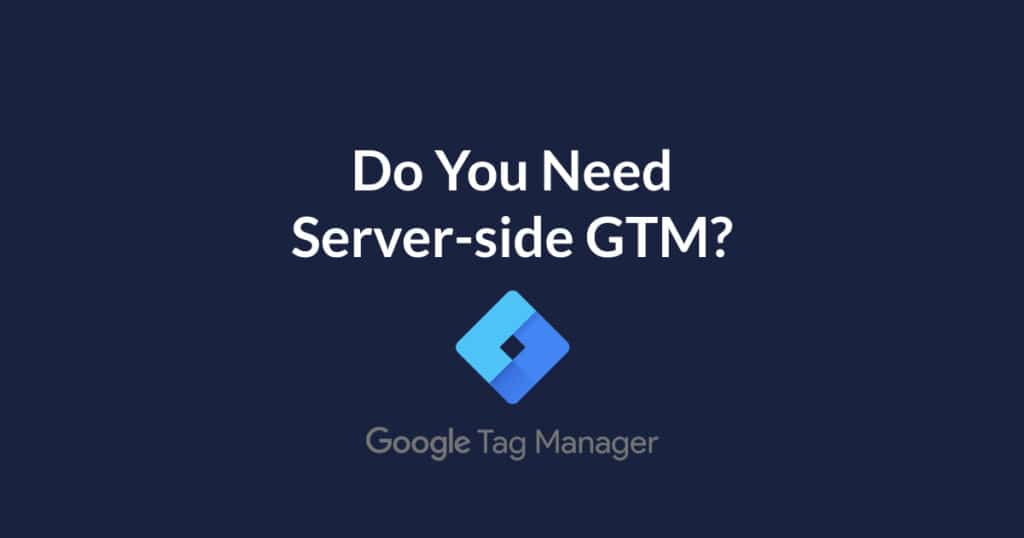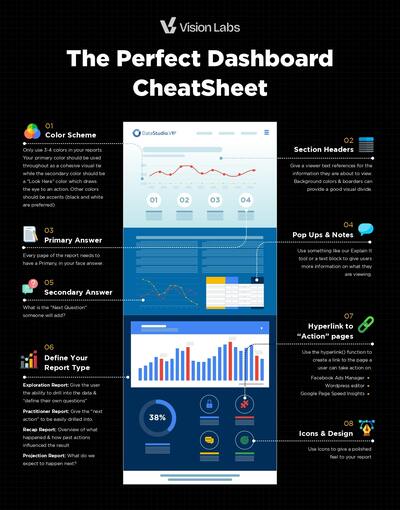Like it or not, the option of Server-side Google Tag Manager is here.
Now the question is, Should you use it?
Let me preface this by saying unequivocally, I AM NOT A DEVELOPER. Some marketers will watch me and say I am a developer while developers will laugh and giggle as I work through cookies, js, and SQL. I am a marketer who knows a few tricks to get by. This is through the eyes of a marketer.
Quick Answer: You *MIGHT Consider Server-side Google Tag Manager if any of these apply…
– Spending $30k+/month in Ads.
– Need server-based measurement for 3rd party platforms (Facebook, Ad networks, etc)
– Extremely concerned about PII.
– You have a custom system with data coming from multiple ‘custom’ sources
and
– Have a person/budget to manage it.
What is Server-side GTM
Server-side Google Tag Manager is a version of tag manager (Server-side) which you put on a Google Cloud Server. This server you can place on a subdomain of yours for example server.mysite.com. This in turn allows you to pass information to your server while staying within your domain for privacy.
Information can be sent from your browser or application to your server via your end point filtered, adjusted, etc. Then sent on to its final destination.

I have been playing and implementing Server-side Google Tag manager for about a month. In short, I can see its future benefits for the general public, but right now it’s a little difficult to maneuver unless you are trying to solve a specific problem. I have heard clients and businesses say things from “Should we use Server-side?” to “We need to have this set up yesterday or else our whole business will fall apart!”.
As I get these questions, I’ve come up with some basic criteria to if your organization should utilize SSGTM.
aka, this is my Marketers Guide to “Should I use Server -side GTM”.
Short Answer: Probably Not 😂
Do you know what Server-side GTM & Measurement is?
Do you know what SSGTM, Client, Tags, Variables, Hashing, and, Endpoints are? Without googling it, email me your explanation at hello@visionlabs.com.
If you hesitated to email me, you probably should not be setting up Server-side GTM yet. Do some research first, then ask the questions.
Want to learn for yourself about how SSGTM works check out → Simo Ahava’s Blog Posts on SSGTM

Do not go into this thinking it’s “just GTM on our server” without knowing what any of those things mean.
Answer: You probably should hold off on diving into Server-side GTM until you know what you are dealing with.
Are you trying to evade something?
The main reason I hear for going to server is marketers who want to use Server-side tracking to evade privacy policies. **Everyone looks at IOS & Facebook Conversion API
I am not a lawyer (if that were not already apparent) and by no means a “disher of judgment”. But, if you are just trying to get around the policies you know are in place for a reason, you might be out of luck in a few months as laws and privacy is more apparent.

Try to follow the essence of privacy to the best of your ability. Most lawmakers that pass internet legislation do not know what any of this is. If they draw a line, marketers will evade it and ruin it don’t be that marketer.
If this is your reason. No, you shouldn’t use GTM.
That is the last I will talk about privacy.
Do You Want To Send “More Data”?
With a server-side implementation, you will be able to ingest almost any payload of information. So if you have subscriptions and wanted to trigger a conversion in Facebook’s Conversion API via your Stripe account on a rebill, then it is possible.

If it’s possible, it doesn’t mean you should do it. On paper, if you wanted to do that, server-side makes it possible.
If this is your intention, then yes. Server-side GTM might be for you as long as you know how to manage privacy compliance for subscriptions.
Remember, most ad platforms allow you to upload offline conversions and custom audiences from CSV so you might be overcomplicating something that a VA could do via a few export/import button pushes.
Plugins Might Solve Your Problem:
As privacy policies have popped up, plugins to use your WordPress or Shopify server to send API conversions have popped up. If you use WordPress, take a look at PixelYourSitePro and if you use Shopify Elevar seems to be a big player.
Lightning Plugin Review
- Elevar seems to be the go-to for Shopify
- Pixel Your Site Pro is truly awesome, just be sure to watch out for default GA events. Try to send things to the data layer first
When a plugin can solve your problem to “test the waters” try that first before investing thousands into Server-side GTM implementation.
Do You Spend More Than $50,000/ Month On Ads?
This is an arbitrary line I have drawn in the sand based on the amount of time and money SSGTM takes to set up, maintain, and manage in relation to the general benefits from site speed, more data, and streamlined performance.
Scenario
You are spending $50k/month on ads and by implementing SSGTM you are able to get 10% more efficient at spending your ads I say it would be worth it to set it up. As you are growing $100k, $250k, etc it makes it all the more worth it for a 10% increase.
Theoretically, there will be depreciating returns due to statistical significance….. But when has more data been a bad thing? **he said sarcastically
How Developer-Friendly Are You?
Server-side GTM utilizes javascript to ingest data and build templates. If you are not excited by spending hours diving into a host of errors, chasing down semicolons, and making it “work” for a period of time, then I’m not sure you should dive into this.
I have implemented SSGTM for specific events visionlabs.com and have a test set up for one subscription-based client site as of Feb 6th, 2021. Was it worth it? Debatable. Is there more useful information than uploading a CSV at this moment? No.
If you are a 50% marketer and 50% developer id suggest you play with it. Will it have a direct ROI? probably not.

Can You Wait?
As of today, there are no Server-side Templates for Clients or Tags. This means you will have to build them. There are some available on the internet to download but 9/10 you will have to customize them to some degree.
If I were working at a company that did not have a dedicated measurement team/person or was engaging with a highly sophisticated measurement agency, I would wait until templates are available.
Just look at Simo Ahava’s Facebook Tag template for normal GTM. It’s amazing, more sophisticated, and all-around better than coding your own manual Facebook events. I’d like to wait until those are rolled out before really getting into it.
Privacy
I saved the best for last. I believe privacy is the main reason SSGTM exists. But the opposite reason most marketers are turning to it. Server-side can be the in-between your Client (browser) and the big tech company.

Currently, you place a Facebook Pixel on your site and send events to Facebook manually or automatically. In theory, FB could be grabbing more information from your site than you would like. When you move to the server, there is nothing for Facebook to track except exactly what you send them. This will cause a host of problems, but that is the essence of why SSGTM exists. To allow companies to control what data is sent where.
If you are trying to limit what you send to tech companies for privacy purposes then SSGTM will be your best solution. Sadly, I do not believe this is how it’s being utilized.
Conclusion
90% of businesses do not need to consider Server-side implementations, 5% can really benefit from this, and 5% should begin to look at using this.
It will only be getting better and is definitely something to keep your eye on as it progresses. I personally will not be recommending this to very many clients until templates are more mainstream or they have an extremely subscription heavy business.




